Venezuela travel tips
Venezuela travel tips: South American nation with diverse landscapes, including Andean mountains and Caribbean beaches, facing economic challenges and political instability.
States 🌎
Venezuela travel tips. Here is a list of all the states of the Venezuela
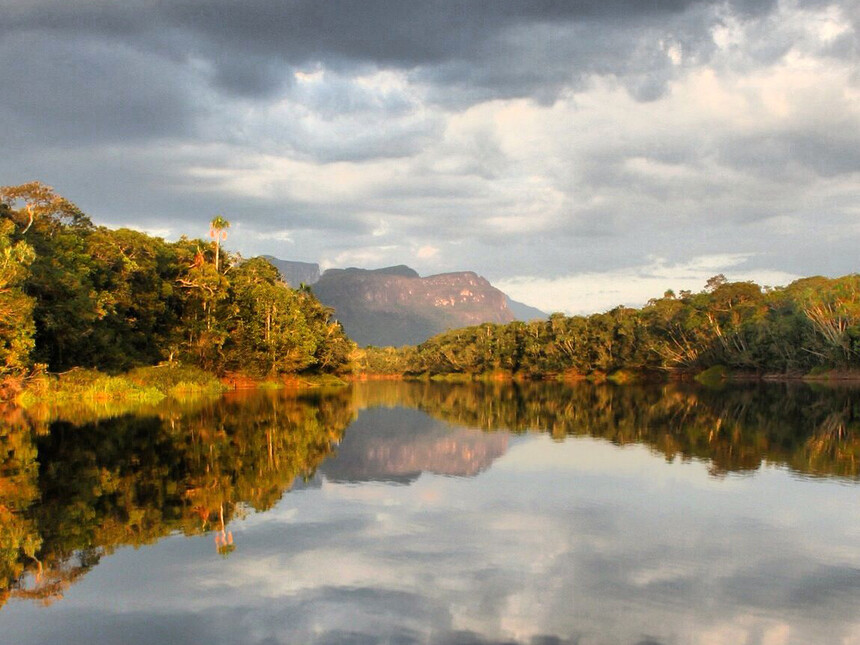
Amazonas
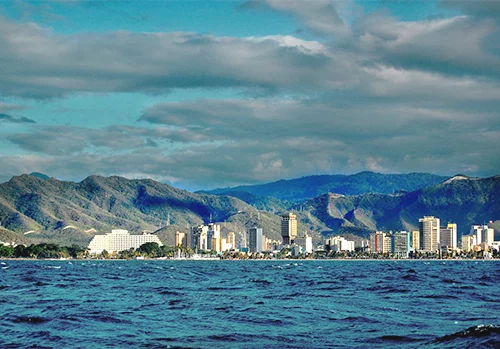
Anzoátegui
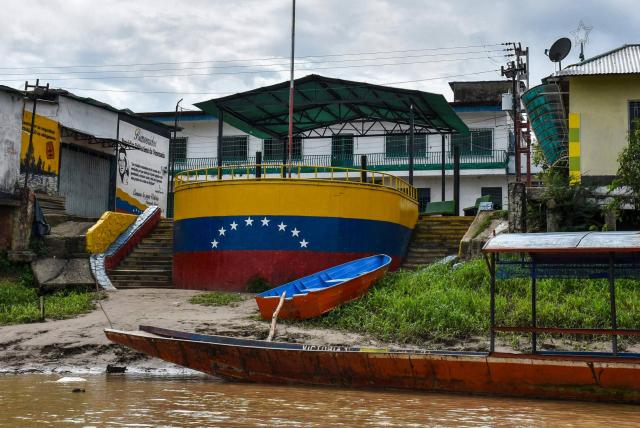
Apure
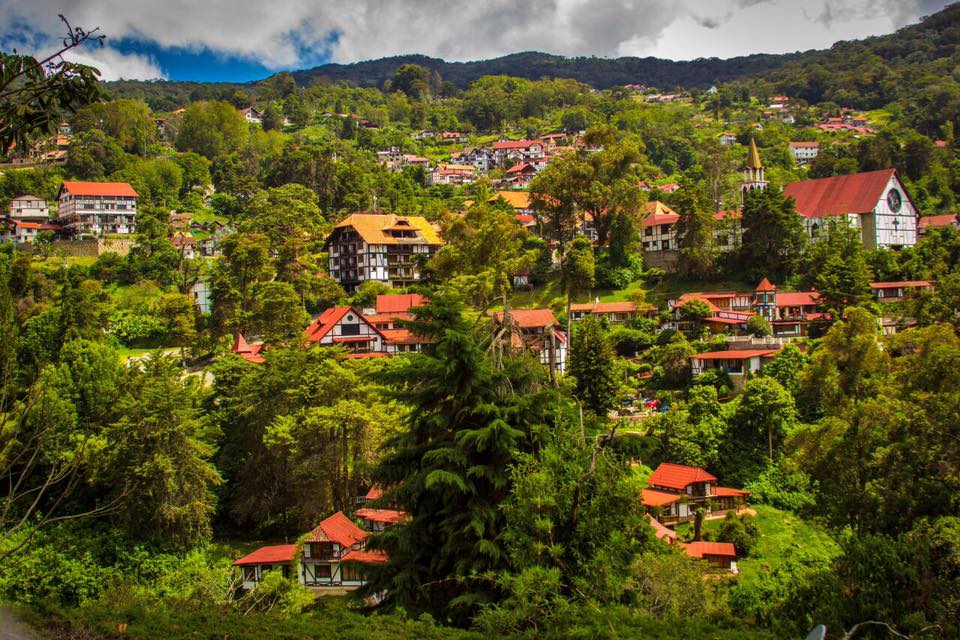
Aragua
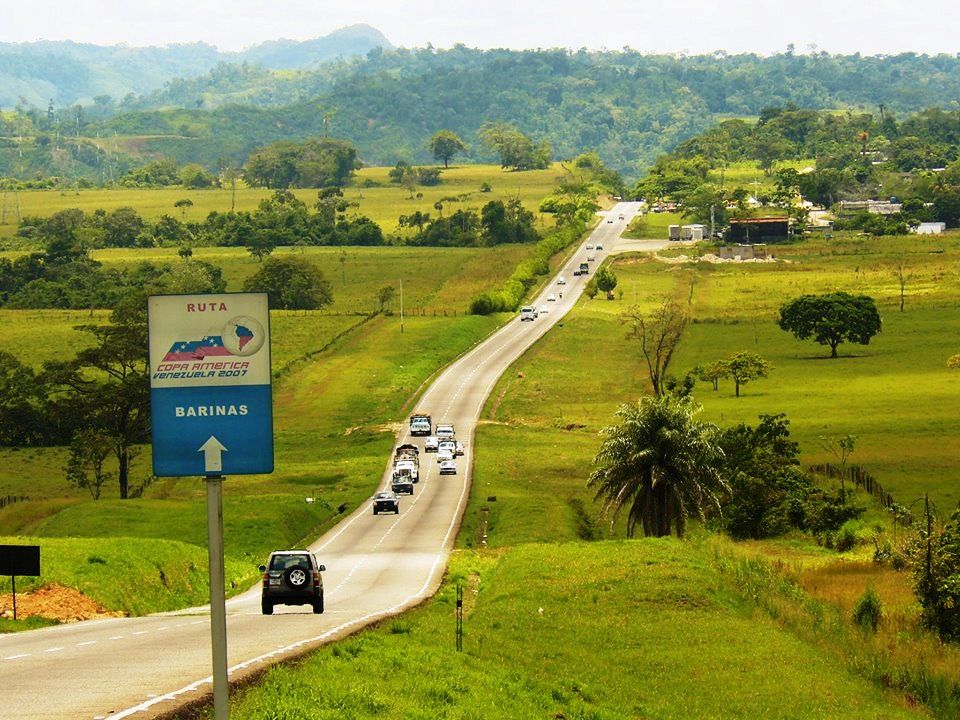
Barinas
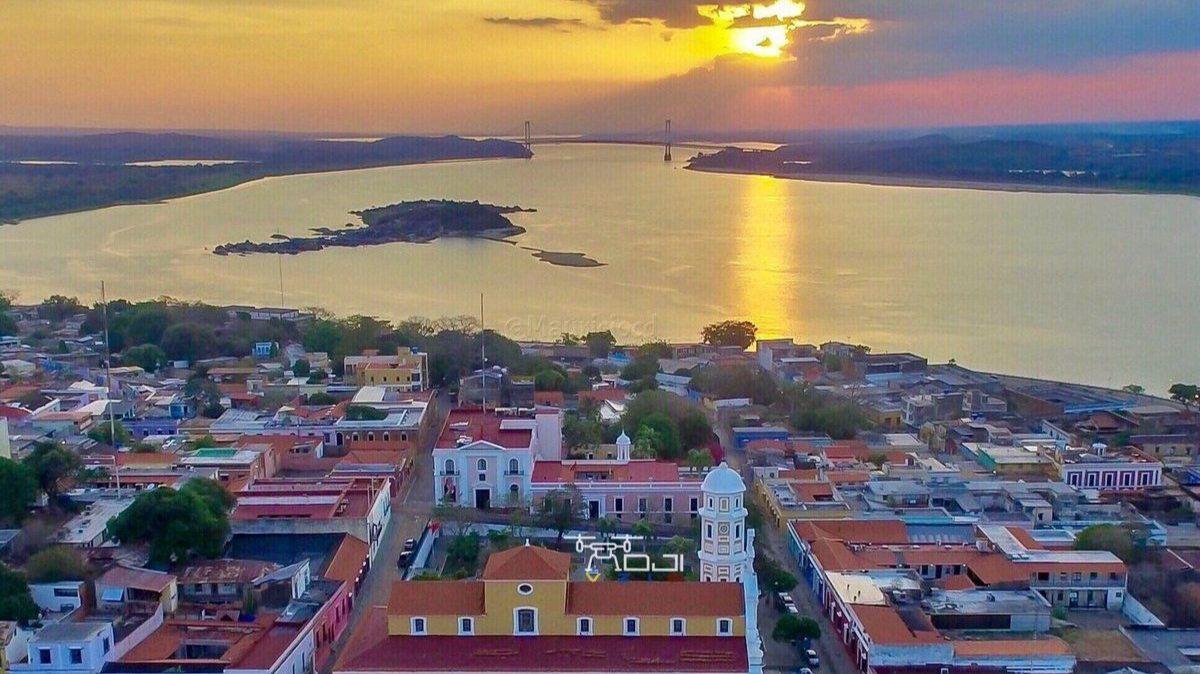
Bolívar
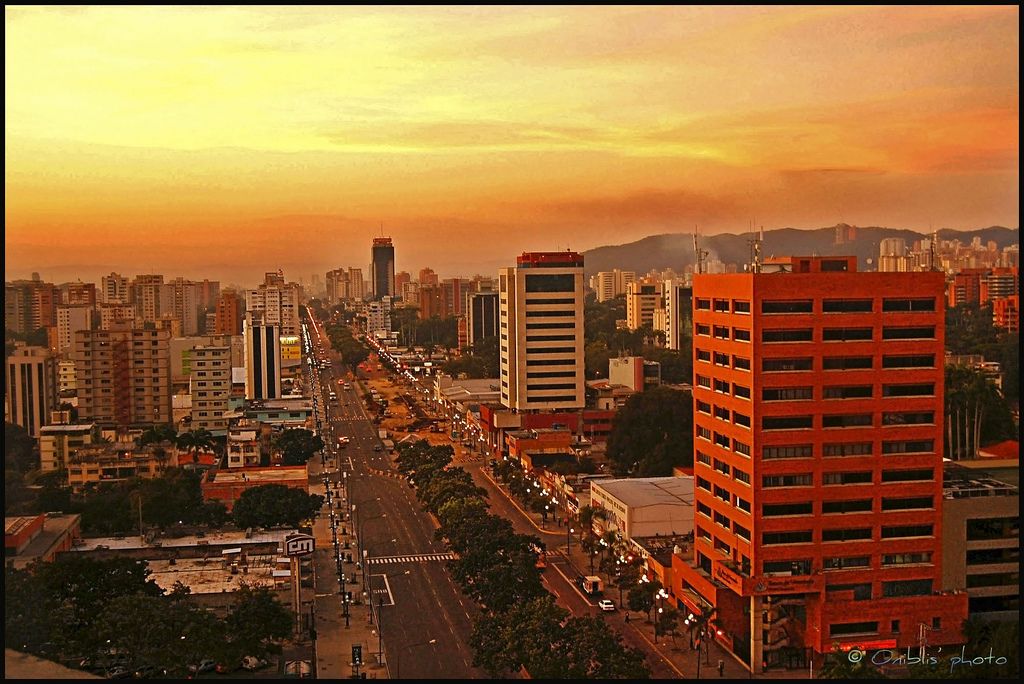
Carabobo
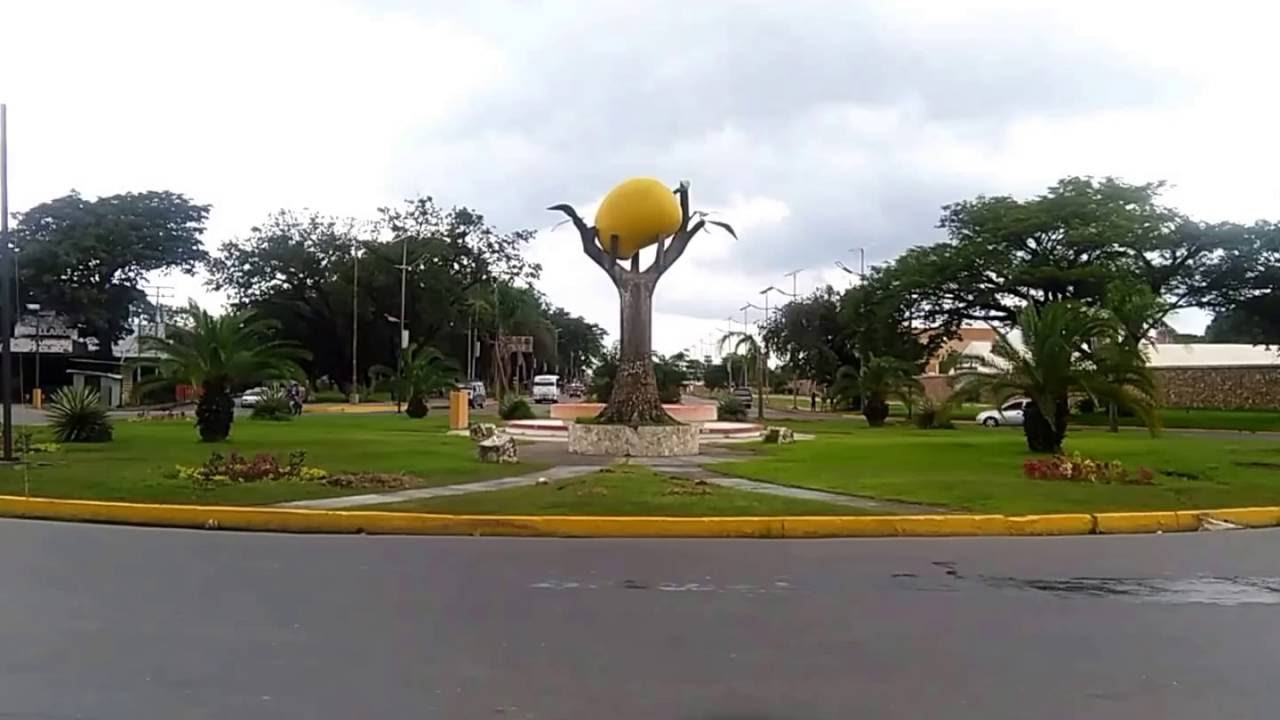
Cojedes

Delta Amacuro
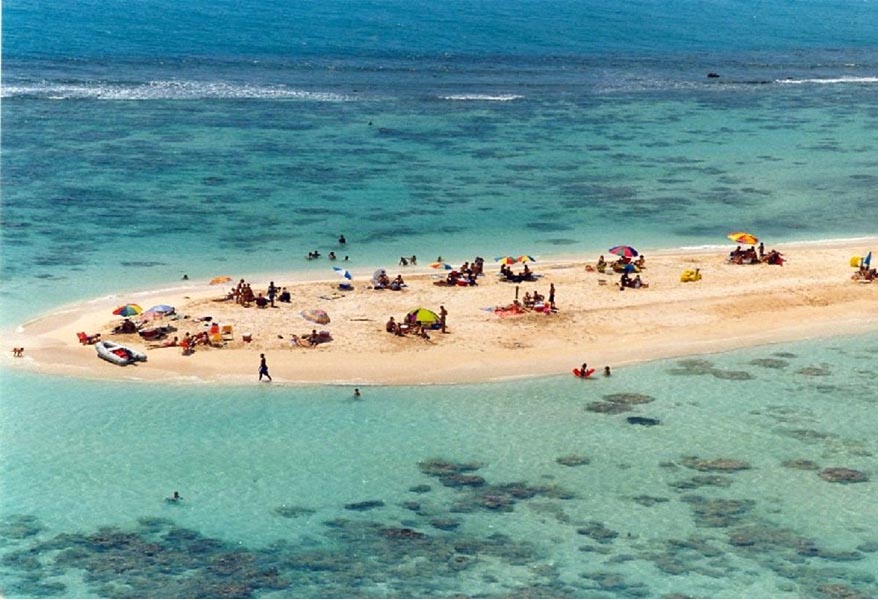
Falcón

Guárico
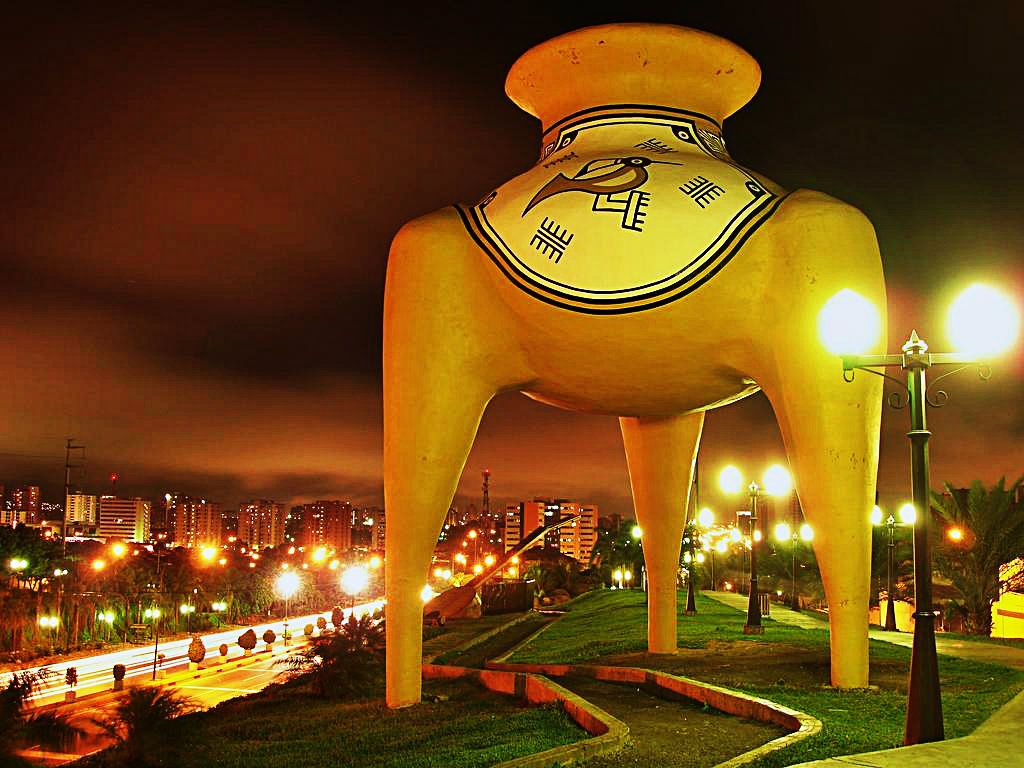
Lara
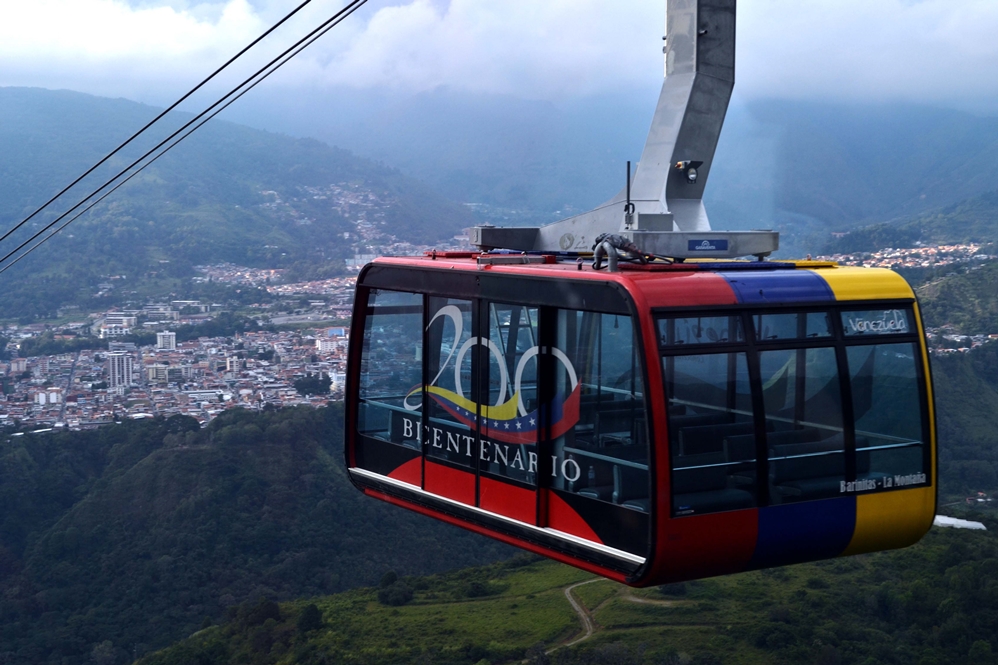
Mérida
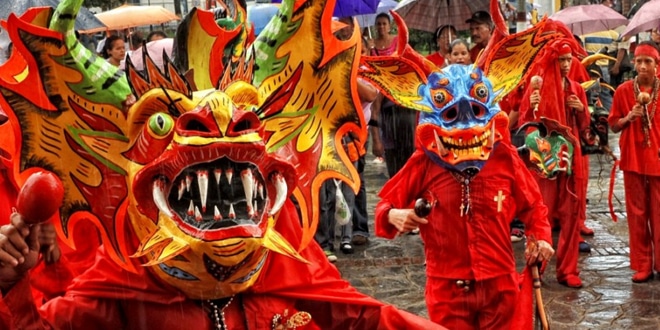
Miranda
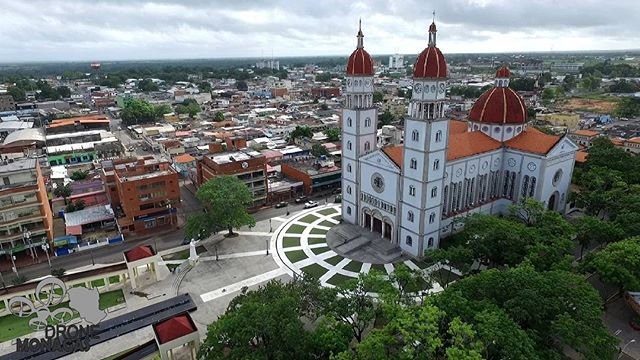
Monagas

Nueva Esparta
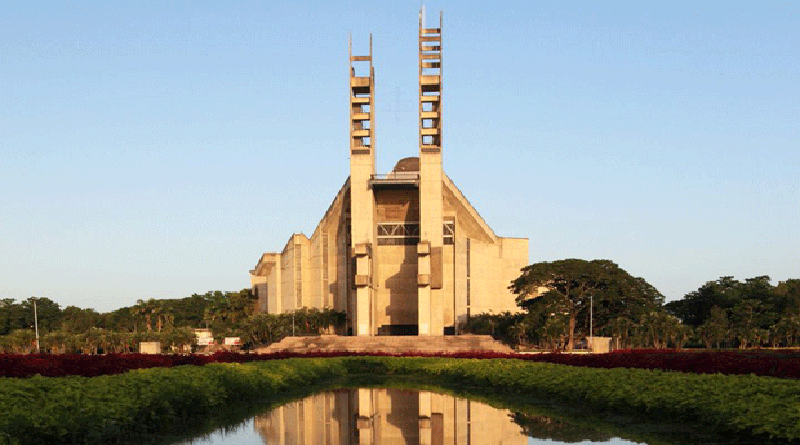
Portuguesa
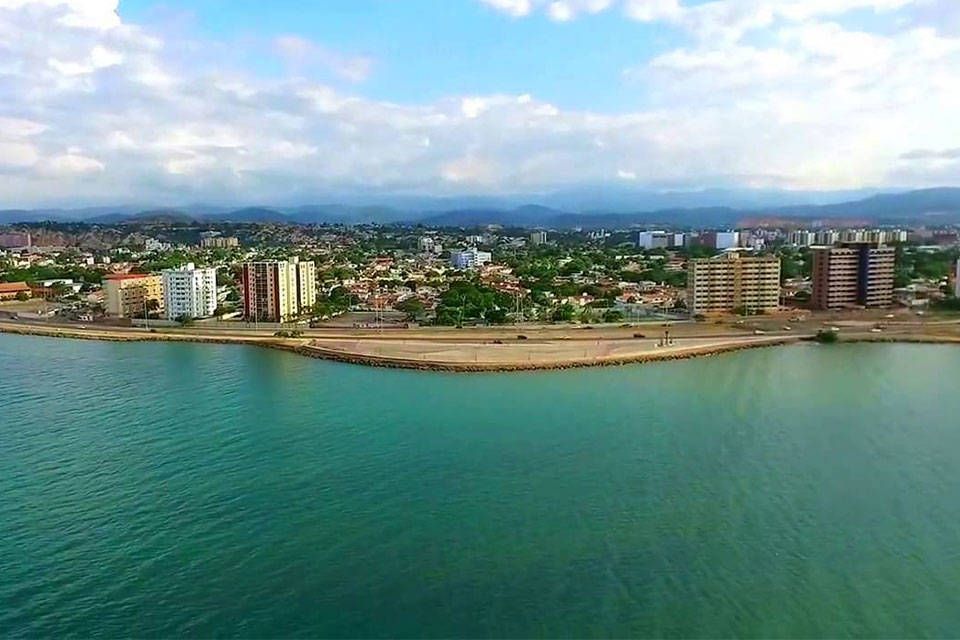
Sucre

Táchira
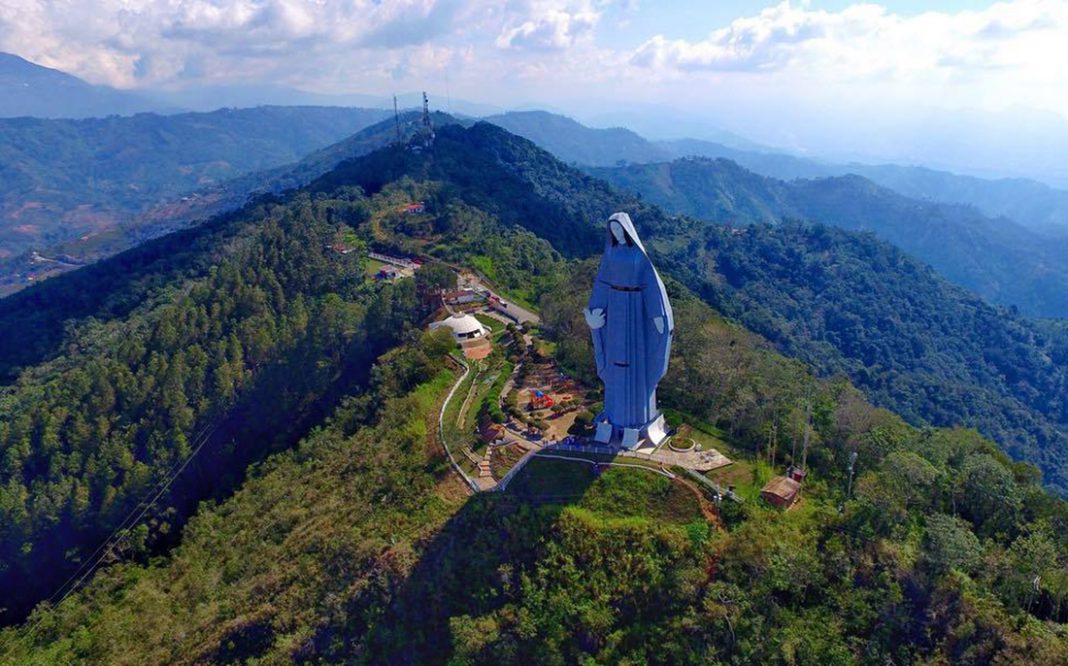
Trujillo
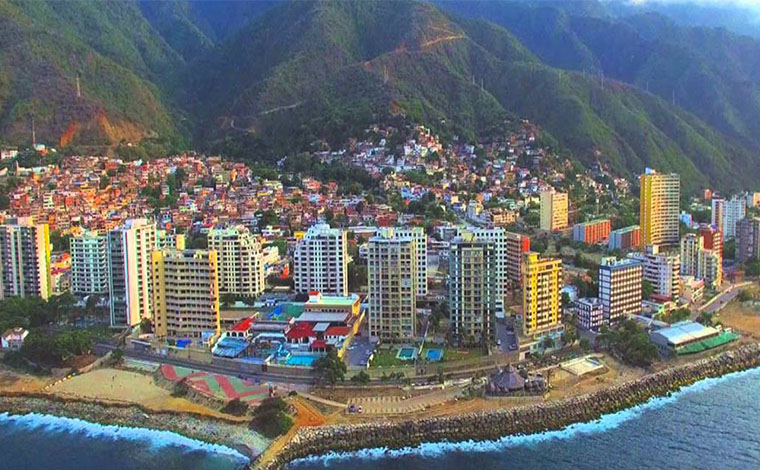
Vargas

Yaracuy
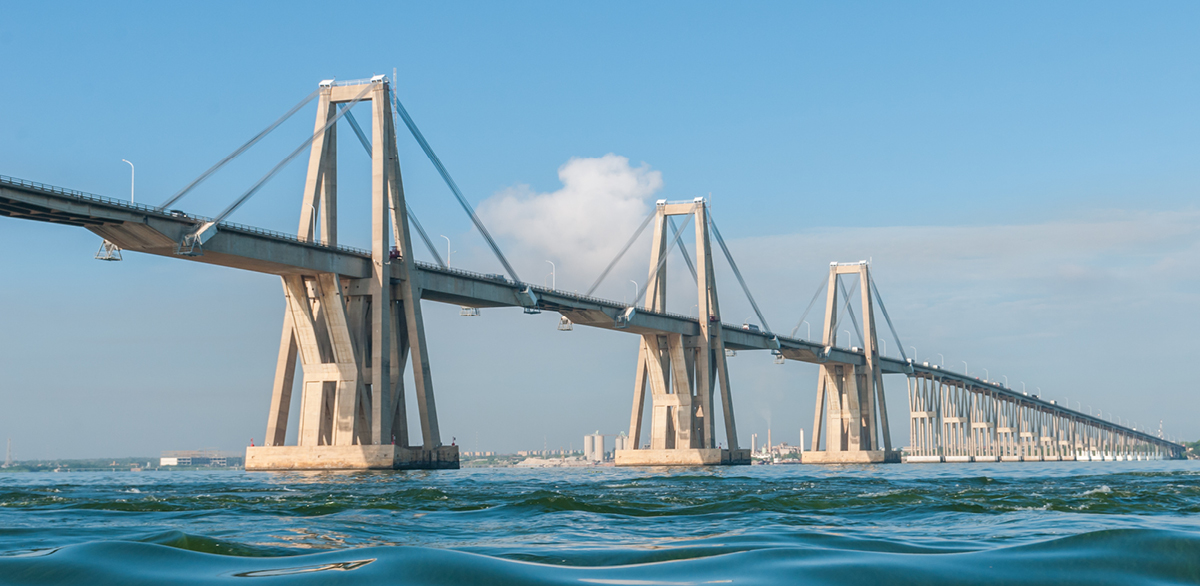
Zulia
Before you go 🛩
Important information you should know before your trip
Info
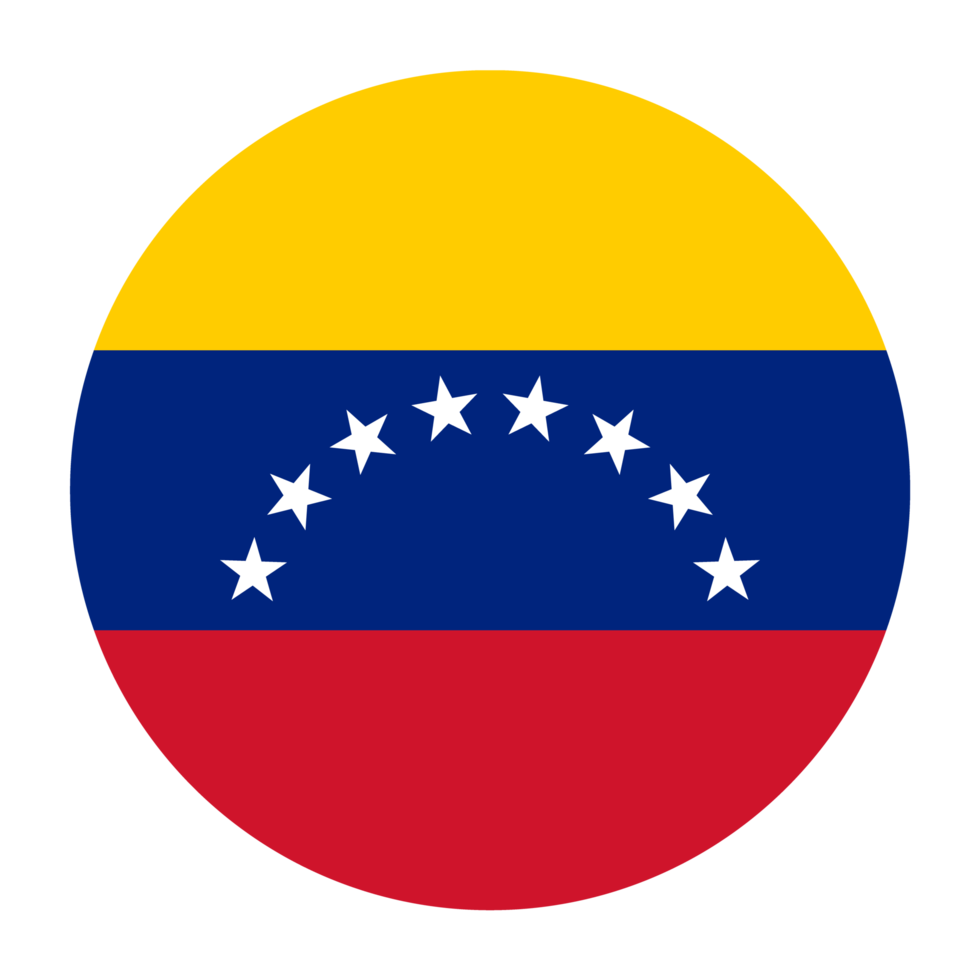
Capital | Distrito Capital
Flag Codes
ISO alpha-2 VE, ISO alpha-3 VEN
Currency
Badge | Bolívar fuerte
CODE | VEF
NUMBER | 937
SYMBOL | Bs F
FRACTION | Penny
Mobile Coverage
Dialing Code | +58
SIM Card
Coverage
3G / 4G / 5G
Mobile Networks | Digitel | Movilnet | Movistar Movil |
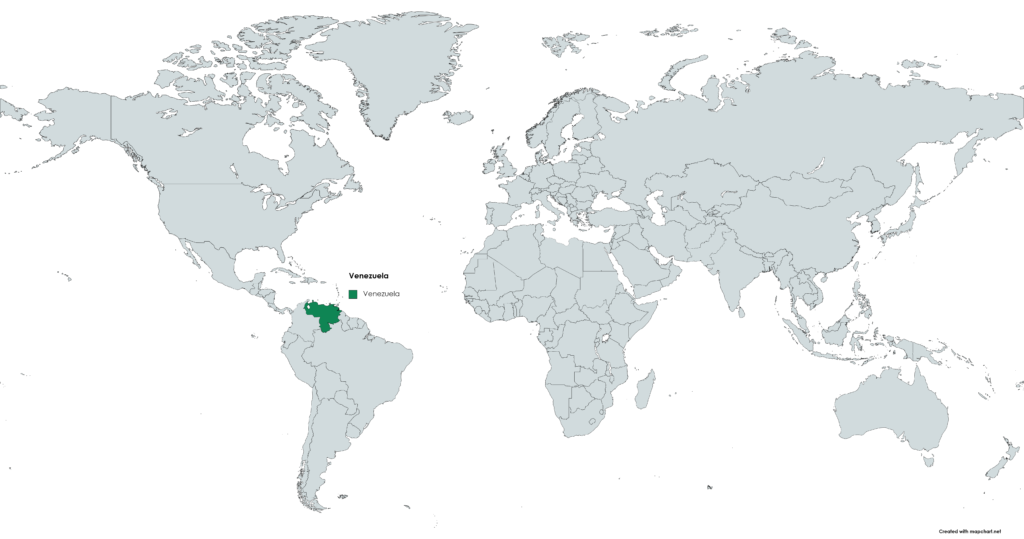
Location
Venezuela is located in the northern part of South America. It shares borders with Colombia to the west, Brazil to the south, and Guyana to the east. It also has a coastline along the Caribbean Sea to the north. The country is situated between 0° 38′ and 12° 12′ north latitude and 59° 47′ and 73° 23′ west longitude, and it covers a total area of approximately 916,445 square kilometers (353,841 square miles). The capital and largest city of Venezuela is Caracas, which is located in the northern part of the country.
Currency
The currency of Venezuela is the bolívar soberano (VES). It was introduced in August 2018, replacing the previous bolívar fuerte (VEF) due to high inflation rates and currency devaluation. The bolívar soberano is currently the official currency of Venezuela and is used for all transactions within the country. However, due to the ongoing economic crisis in Venezuela, the bolívar soberano has been subject to high inflation rates and currency devaluation, and many Venezuelans have resorted to using foreign currencies such as the US dollar and the euro for their transactions.
Languages
The official language of Venezuela is Spanish. Spanish is spoken by the vast majority of the population, and it is the primary language of communication in Venezuela. However, there are also several indigenous languages spoken in Venezuela, including Wayuu, Warao, Pemón, and Yanomami, among others. Additionally, due to Venezuela’s proximity to other countries in South America and the Caribbean, there are also communities of people who speak other languages such as Portuguese, English, and French, particularly in urban areas and tourist destinations.
Climate 🌡
The climate of Venezuela varies widely depending on the region, but it is generally tropical with high temperatures and humidity throughout the year. There are four main climate zones in Venezuela: tropical rainy, tropical monsoon, tropical savanna, and highland.
The coastal regions of Venezuela have a tropical rainy climate, with high temperatures averaging around 30°C (86°F) throughout the year and high humidity. The rainy season in these regions usually occurs between May and November, with drier weather prevailing from December to April.
The northern part of Venezuela, including the capital city of Caracas, has a tropical monsoon climate, with high temperatures and humidity throughout the year and heavy rainfall during the rainy season from May to November.
The central region of Venezuela has a tropical savanna climate, with hot temperatures averaging around 28°C (82°F) and distinct wet and dry seasons. The wet season usually occurs between May and October, with the dry season lasting from November to April.
The highland regions of Venezuela have a cooler, subtropical climate with temperatures averaging around 18°C (64°F). These regions receive moderate rainfall throughout the year, with the wettest months typically occurring between May and November.
Overall, Venezuela’s climate is heavily influenced by its location near the equator, and visitors to the country should be prepared for high temperatures and humidity, particularly in coastal and lowland areas.
Venezuela travel tips
Traveling to Venezuela requires careful planning due to economic challenges and political instability. Here are some travel tips:
Safety Precautions:
- Be vigilant in urban areas, especially in the evening.
- Stay informed about current safety conditions.
Health Precautions:
- Check vaccination requirements before traveling.
- Use bottled or purified water and avoid street food.
Currency and Finances:
- Bring enough cash as ATMs may not always be reliable.
- Be cautious with currency exchange; official rates may differ from the black market.
Political Situation:
- Stay updated on the political situation and follow travel advisories.
- Avoid participating in political demonstrations or gatherings.
Transportation:
- Use reputable transportation services.
- Be cautious in remote areas, and consider hiring local guides.
Language:
- Learn some basic Spanish phrases for communication.
- Use translation apps if necessary.
Natural Attractions:
- Explore the country’s natural beauty, including Angel Falls and the Amazon rainforest.
- Follow safety guidelines when engaging in outdoor activities.
Local Customs:
- Respect local customs and traditions.
- Dress modestly, especially in rural areas and religious sites.
Accommodation:
- Choose reputable accommodations with good security measures.
- Book in advance, especially during peak travel seasons.
Remember that conditions in Venezuela can change, so it’s crucial to stay informed and adapt your plans accordingly. Consult with travel advisories and consider seeking local advice for a safer and more enjoyable trip.

The best of the best
Venezuelan cuisine is influenced by indigenous, European, and African flavors, and it varies by region.

Arepas
These are small, round, cornmeal cakes that are split open and filled with a variety of ingredients such as cheese, ham, or chicken.

Pabellón Criollo
This is a national dish that consists of shredded beef, black beans, rice, and fried plantains.
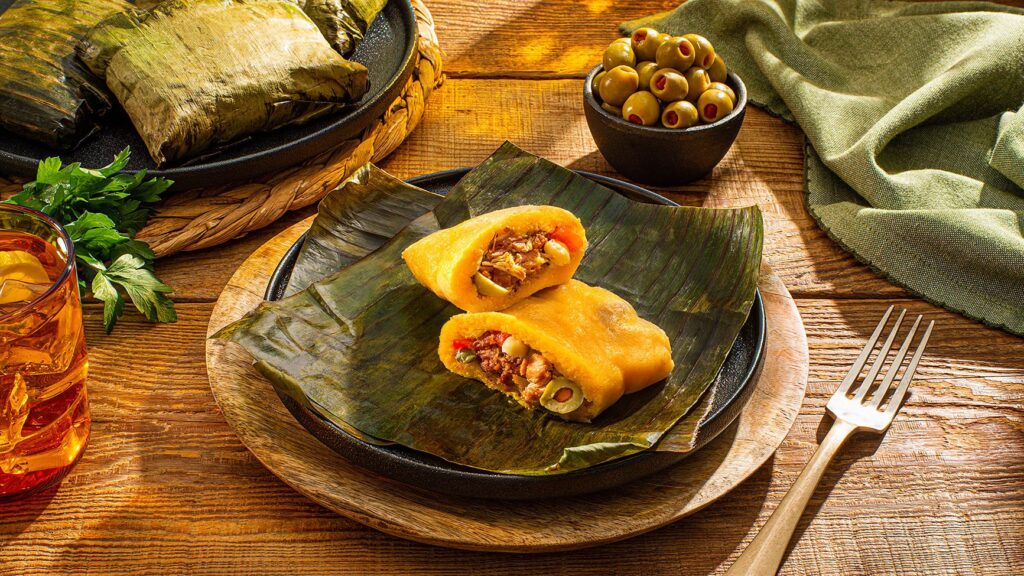
Hallacas
These are similar to tamales and consist of a cornmeal dough filled with meat, olives, and raisins, wrapped in plantain leaves and boiled.
Some typical Venezuelan dishes include:
Empanadas: These are small, fried or baked turnovers filled with beef, cheese, chicken, or fish.
Asado Negro: This is a slow-cooked beef dish with a sweet and savory sauce made from brown sugar, vinegar, and onions.
Cachapas: These are sweet corn pancakes filled with cheese and served with butter.
Polvorosas: These are shortbread cookies made with powdered sugar, flour, and butter.
Chicha: This is a traditional drink made from fermented maize, sugar, and cinnamon.
Tequeños: These are cheese-filled fried breadsticks.
Arroz con leche: This is a sweet rice pudding made with milk, cinnamon, and sugar.
These are just a few examples of the many delicious and unique dishes that make up Venezuela’s cuisine.
Transportation 🚥
More information about this country
Choose your destination 📍🗺
Useful Links ✅



